The competition between tech giants to dominate artificial intelligence has never been more intense. As Google and OpenAI deploy increasingly sophisticated models, the AI race has evolved from academic research into a high-stakes battle for market dominance. This rivalry is reshaping industries, challenging ethical boundaries, and accelerating the pace of innovation at an unprecedented rate.
Both companies bring distinct advantages to this competition: Google with its vast infrastructure and research capacity through DeepMind, and OpenAI with its nimble approach and headline-grabbing releases like ChatGPT. But which organization is truly leading the AI race, and what metrics should we use to determine the frontrunner?
Google’s AI Ecosystem: Infrastructure Giant
Google’s approach to the AI race leverages its unparalleled infrastructure and deep research capabilities. With DeepMind as its advanced AI research lab, Google has positioned itself as a foundational player in artificial intelligence development.
DeepMind: Google’s AI Powerhouse
DeepMind, acquired by Google in 2014, has delivered breakthrough achievements in AI research. Its AlphaFold system revolutionized protein structure prediction, while AlphaGo’s victory over world champion Lee Sedol demonstrated the power of reinforcement learning at scale.
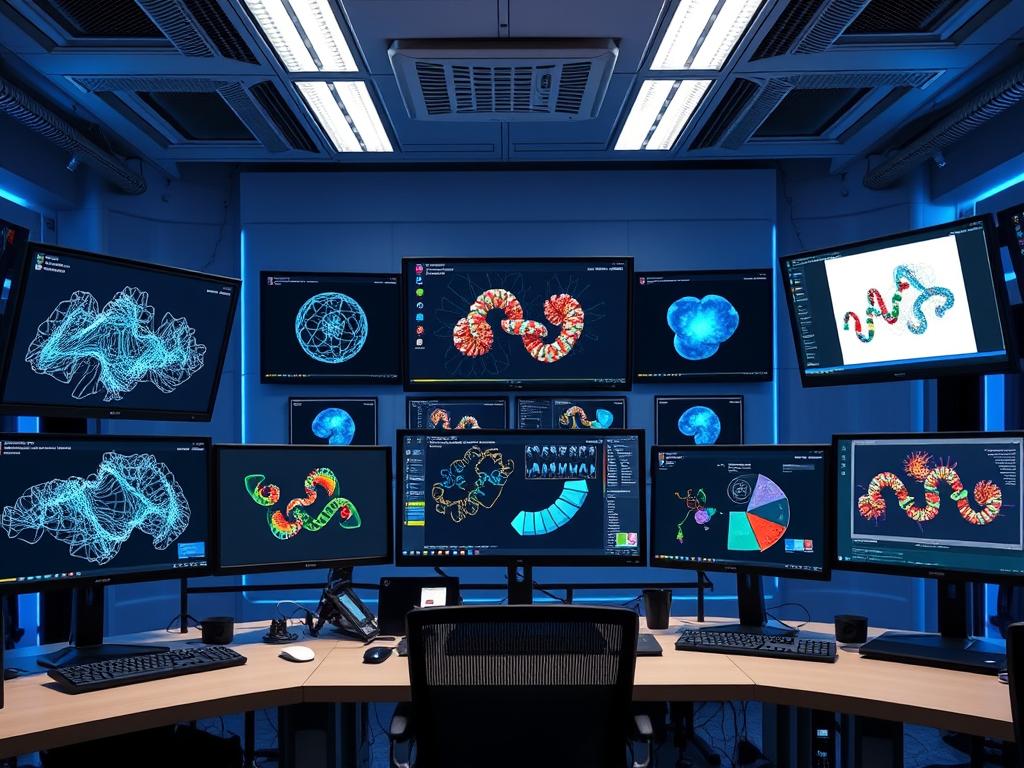
Gemini and PaLM: Google’s Answer to GPT
Google’s latest models represent its competitive response to OpenAI’s advances. Gemini, designed as a multimodal AI system, processes text, images, and code simultaneously. Meanwhile, PaLM (Pathways Language Model) demonstrates Google’s capacity to build large-scale models with impressive reasoning capabilities.
Dr. Eli Collins, VP of Product at Google AI, notes: “Our models benefit from Google’s decades of experience in building robust systems at scale. The integration of our AI models with Google’s existing products creates a powerful ecosystem that billions of users already trust.”
Google’s Strengths
- Unmatched computing infrastructure
- Deep integration with existing products
- Vast amounts of training data
- Strong research publication output
- Diverse revenue streams to fund AI development
Google’s Challenges
- Slower product deployment cycle
- More cautious approach to releases
- Internal conflicts over AI ethics
- Regulatory scrutiny as a tech giant
- Organizational complexity slowing innovation
OpenAI’s Innovations: The Disruptive Challenger
OpenAI has emerged as the agile disruptor in the AI race, capturing public imagination with its consumer-facing products and rapid deployment strategy. Founded in 2015 as a non-profit research lab, the company has evolved into a powerful commercial entity with Microsoft as a major investor.
GPT-4 and ChatGPT: Redefining Expectations
OpenAI’s GPT-4 represents the current pinnacle of large language models, demonstrating remarkable capabilities in understanding context, generating human-like text, and solving complex problems. ChatGPT, its conversational interface, reached 100 million users within two months of launch—the fastest adoption rate of any consumer technology in history.
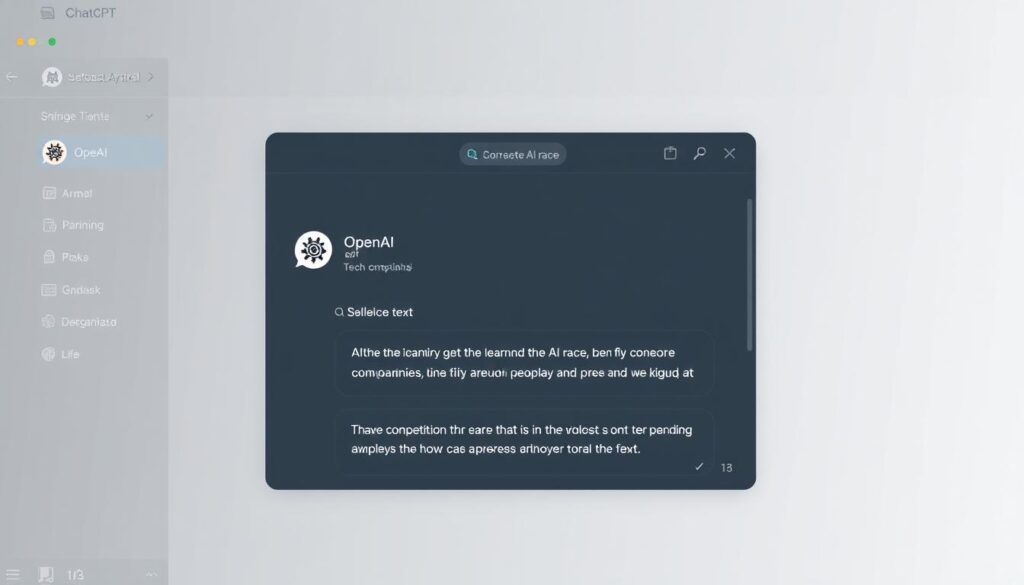
DALL·E: Visual Intelligence Breakthrough
DALL·E, OpenAI’s text-to-image generation system, has demonstrated how artificial intelligence can extend beyond text to create visual content from descriptions. This multimodal capability represents a significant advancement in how AI systems understand and generate content across different formats.
Sam Altman, CEO of OpenAI, stated in a recent interview: “The pace of AI advancement has surprised even us. We’re seeing capabilities emerge that we didn’t expect for several more years. This acceleration is both exciting and concerning, which is why we’re advocating for thoughtful regulation alongside innovation.”
OpenAI’s Strengths
- Rapid product deployment
- Strong consumer brand recognition
- Agile development methodology
- Strategic partnership with Microsoft
- First-mover advantage in several AI applications
OpenAI’s Challenges
- Limited infrastructure compared to Google
- Dependency on Microsoft for computing resources
- Balancing commercial interests with original mission
- Scaling challenges with explosive growth
- Ongoing concerns about training data sources
Head-to-Head Comparison: The AI Race Metrics
Determining leadership in the AI race requires examining multiple dimensions beyond just technical capabilities. Market impact, research output, ethical frameworks, and real-world adoption all factor into a comprehensive assessment.
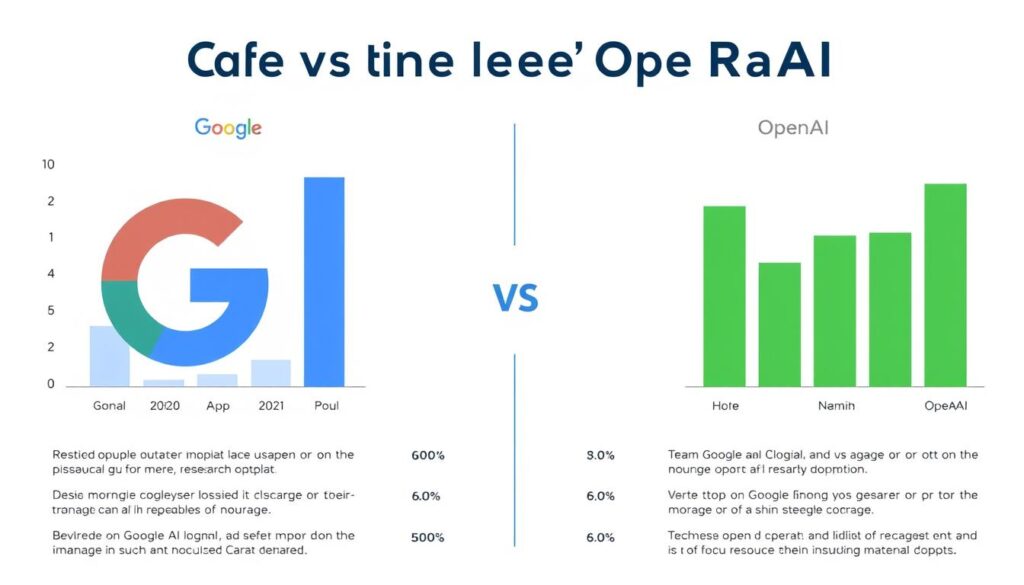
Research Output and Technical Innovation
| Metric | OpenAI | Current Leader | |
| Published AI Research Papers (2022-2023) | 843 | 127 | |
| Model Size (Parameters) | PaLM: 540B | GPT-4: Est. 1.7T | OpenAI |
| Benchmark Performance (Average) | 78.3% | 83.6% | OpenAI |
| Multimodal Capabilities | Strong | Strong | Tie |
Market Impact and Adoption
While Google has integrated AI into products used by billions, OpenAI has achieved unprecedented consumer adoption rates. Google’s AI features in Search, Gmail, and Google Cloud serve massive user bases daily. Meanwhile, ChatGPT’s explosive growth has forced competitors to accelerate their AI deployment timelines.
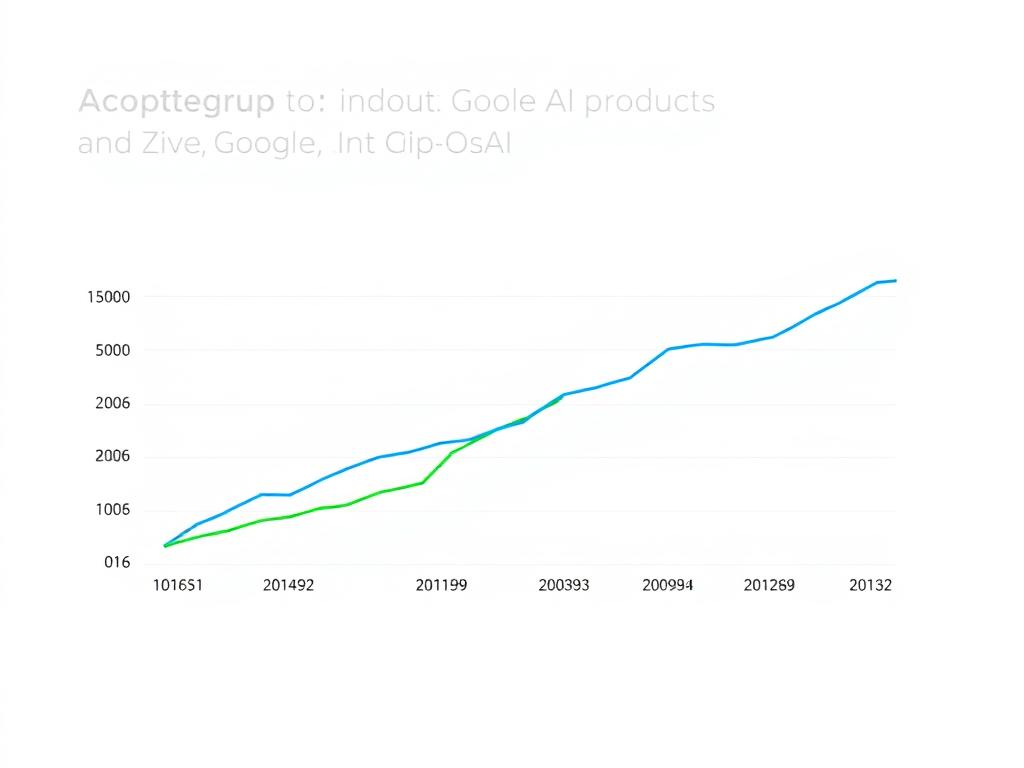
Dr. Kai-Fu Lee, AI researcher and venture capitalist, observes: “The race between Google and OpenAI represents two different approaches to AI development. Google’s methodical integration of AI into existing products contrasts with OpenAI’s strategy of releasing standalone products that capture public imagination. Both approaches have merit, but OpenAI has certainly changed the competitive landscape.”
Stay Ahead in the AI Race
Get exclusive updates on the latest developments between Google and OpenAI. Our AI Watch newsletter delivers expert analysis and breaking news directly to your inbox.
Ethical Frameworks and Governance
The AI race isn’t just about technological capability—it’s also about responsible development. Both companies have established ethical guidelines, though their approaches differ significantly.
Google’s Approach
Google has established AI Principles that prohibit applications in weapons, surveillance, and technologies that cause harm. The company maintains an ethics review process for AI projects and has faced internal conflicts over ethical decisions, most notably with the departure of ethical AI researchers Timnit Gebru and Margaret Mitchell.
OpenAI’s Approach
OpenAI was founded with the mission of ensuring artificial general intelligence benefits humanity. The company has implemented a staged release approach for its models and advocates for industry regulation. However, critics note tensions between OpenAI’s commercial interests and its original mission of open research.

The tension between rapid innovation and responsible development remains a central challenge in the AI race. Companies that can balance these competing priorities may ultimately gain advantage through greater trust and sustainability.
Future Outlook: Where the AI Race Is Heading
The competition between Google and OpenAI is accelerating technological development while raising fundamental questions about the future of artificial intelligence. Several key trends will likely shape the next phase of this race.
The Path to AGI
Both companies have expressed interest in developing artificial general intelligence (AGI)—AI systems with human-level capabilities across diverse tasks. OpenAI explicitly states AGI development as its mission, while Google’s DeepMind has similar ambitions. The timeline for achieving AGI remains hotly debated, with estimates ranging from a decade to many decades away.
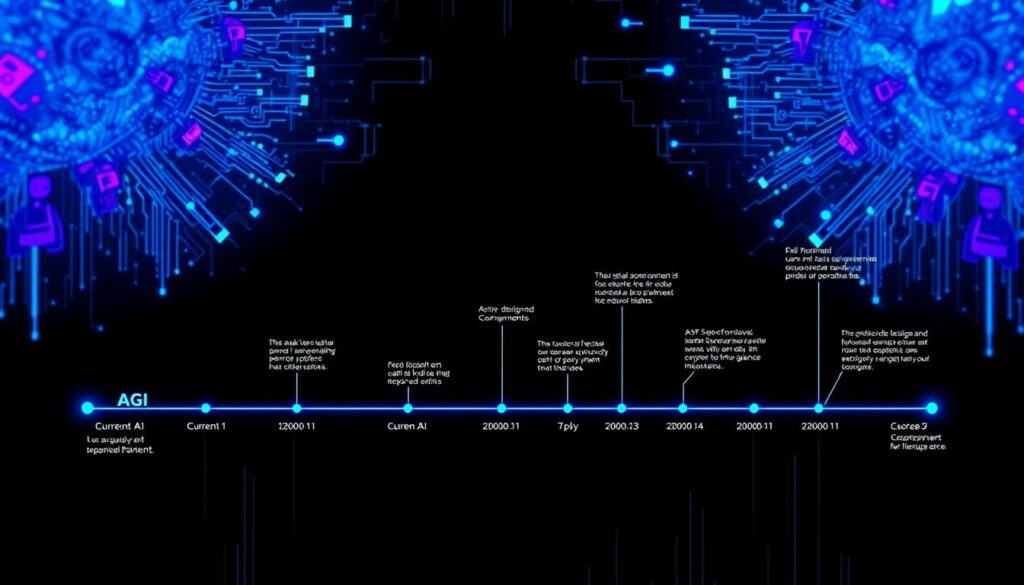
Regulatory Landscape
Government regulation of AI is emerging as a critical factor in the race. The EU’s AI Act, China’s regulatory framework, and evolving US policies will shape how these companies can develop and deploy their technologies. Both Google and OpenAI have called for thoughtful regulation, though their specific recommendations differ.
Dr. Yoshua Bengio, Turing Award winner and AI researcher, notes: “The competitive pressure in the AI race creates incentives to move fast and potentially cut corners on safety. Effective regulation can level the playing field and ensure that competition doesn’t compromise responsible development.”
Collaboration vs. Competition
Despite the competitive framing of the AI race, collaboration on safety research and standards may become increasingly important. Both companies participate in organizations like the Partnership on AI and have published research on AI safety. The balance between proprietary advantage and collective progress will continue to evolve.

Conclusion: A Race Without a Clear Finish Line
The AI race between Google and OpenAI defies simple conclusions about leadership. While OpenAI has captured public attention and demonstrated remarkable capabilities with GPT-4 and ChatGPT, Google maintains significant advantages in infrastructure, research capacity, and integration across products used by billions.
Perhaps the most accurate assessment is that each company leads in different dimensions of the race. OpenAI has established dominance in consumer-facing generative AI and set the pace for innovation. Google maintains leadership in research output, infrastructure, and the integration of AI into diverse products and services.

What’s clear is that this competition is accelerating the development of artificial intelligence in ways that will transform industries, economies, and societies. The true measure of leadership may ultimately be not just technical capability or market share, but how these companies navigate the profound ethical and societal implications of the technologies they’re creating.
As this race continues, one thing remains certain: the pace of innovation shows no signs of slowing, and the next chapter in this technological competition promises to be even more consequential than what we’ve seen so far.
Master the AI Landscape
Download our comprehensive comparison chart of Google and OpenAI’s capabilities, strengths, and market positions. Stay informed about who’s leading in different aspects of the AI race.







